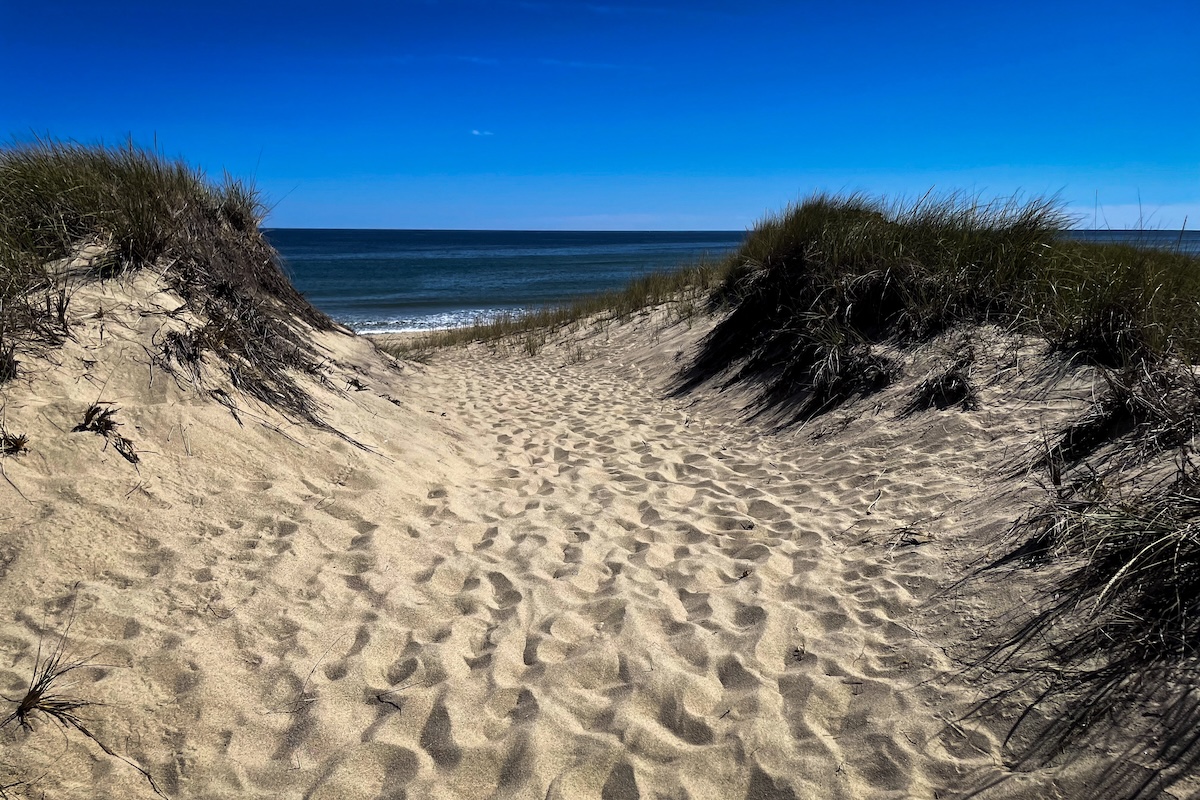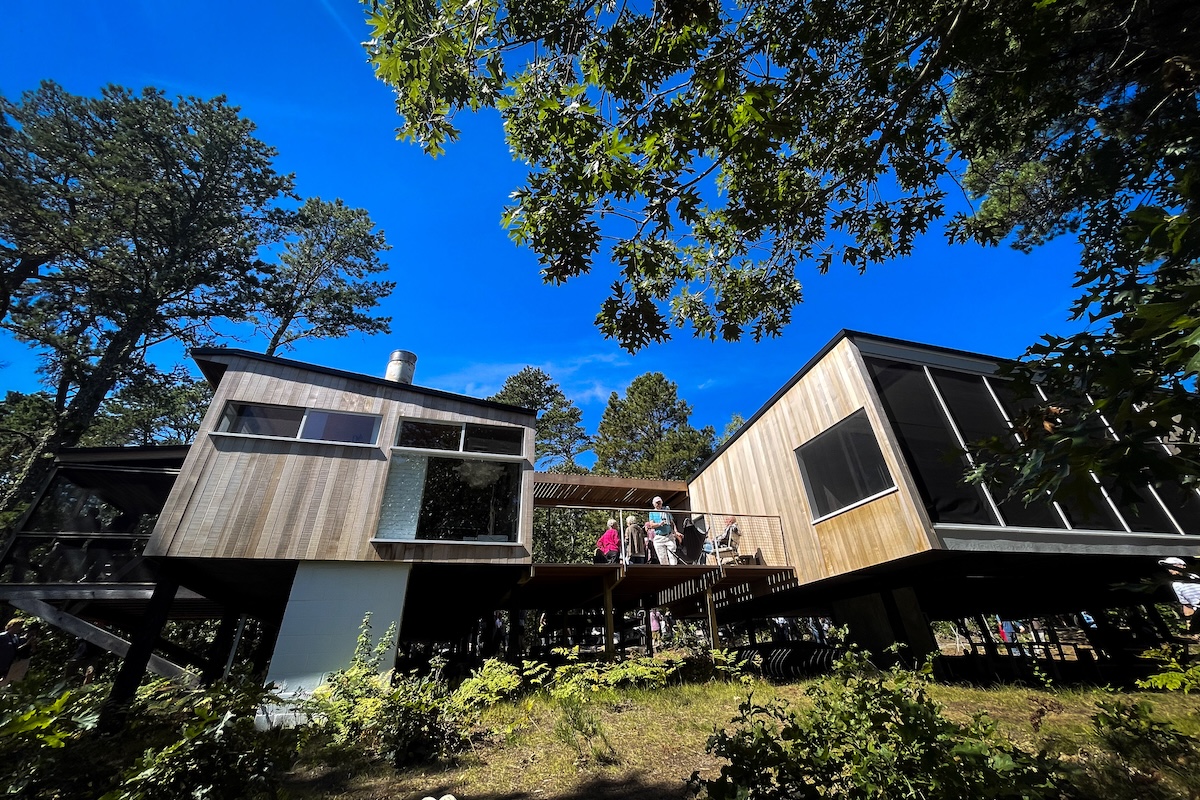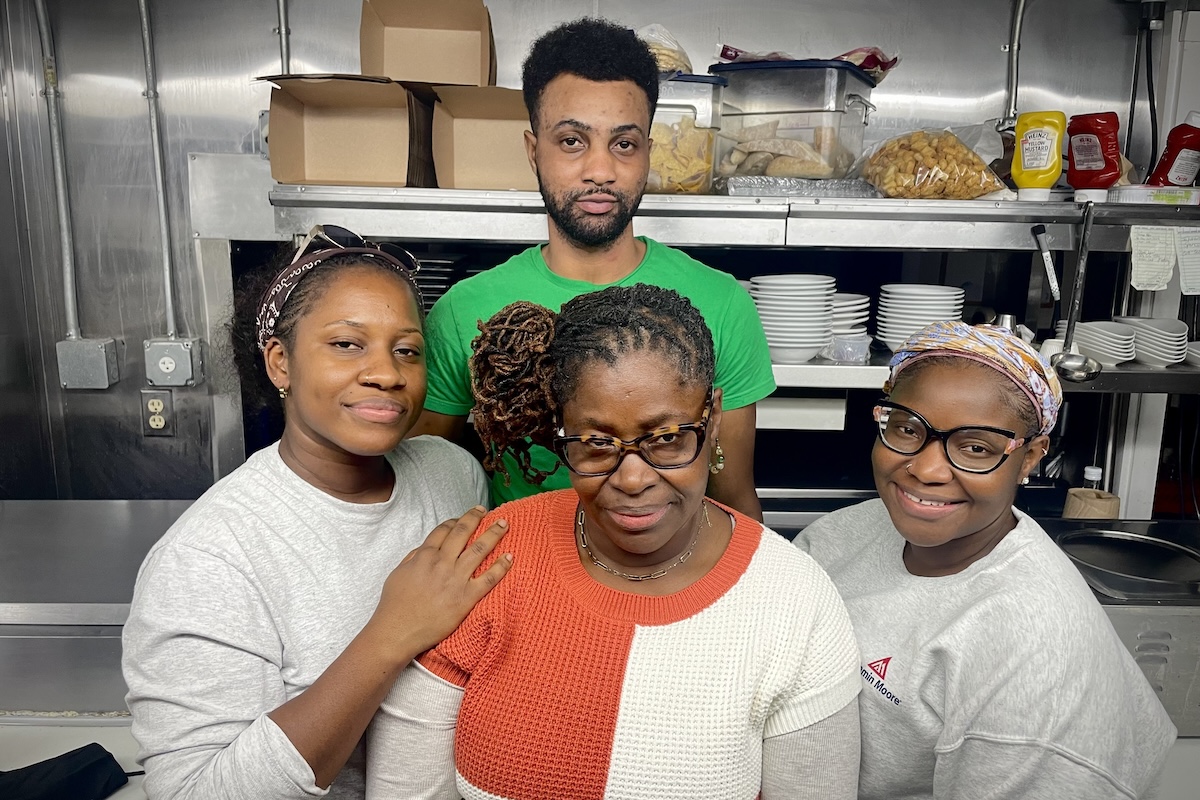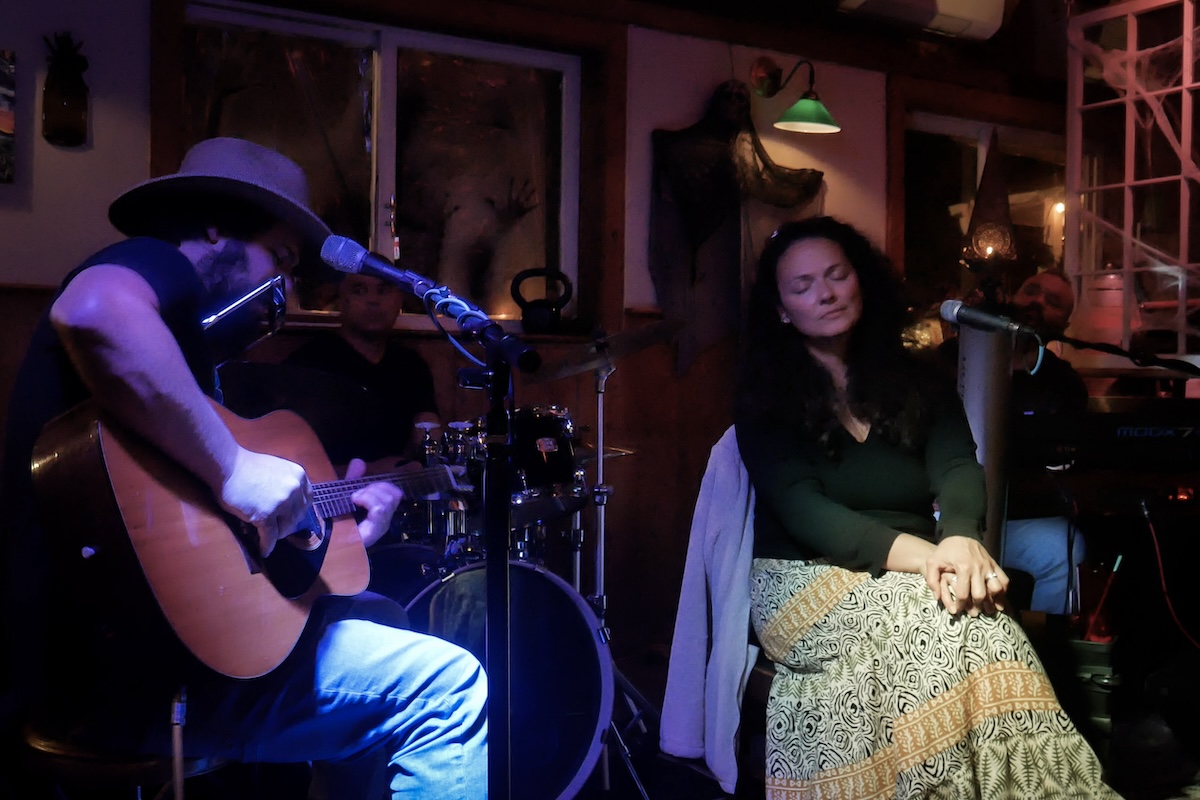The Residential Papers
What stands out (like neon camouflage) walking through the restored 1949 home during this past week’s Open House reception celebrating the year-plus restoration of an architectural marvel, is the mass of woodland tangibles. Books are stacked and tucked everywhere. Desks artfully littered with notebooks and overheads. Sketches (tastefully) line the walls. While politely yielding a doorway to someone, it’s likely to bump into a calf height bookshelf packed with a spines on design or the architecture of chairs or sprayed vinyl lamps.1
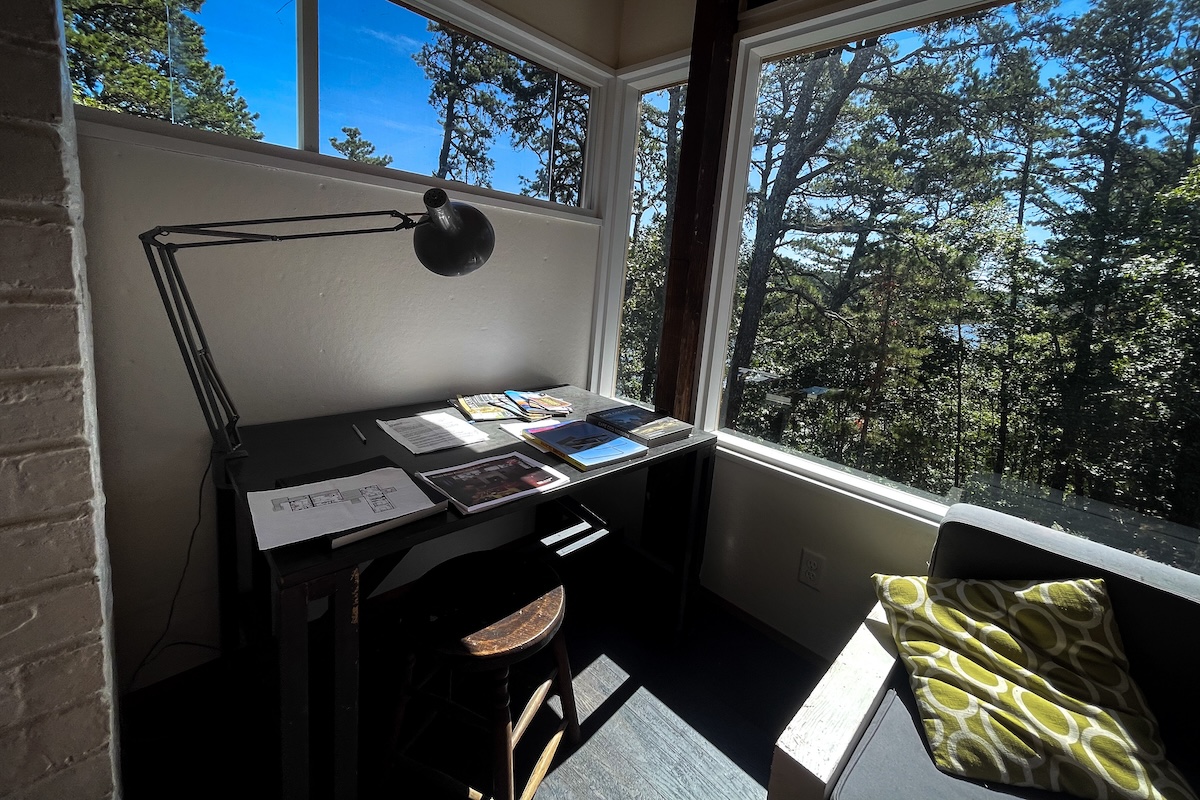
And they’re vintage, these lovely bound leaves. Peeled away paper fronts over hardcovers in the studio, illustration edges curling over silver headed tacks above the bed in the spare room, a neatly rendered B&W overhead of the very house in which you're standing, if you go for that meta kind of thing. Treading water in the infinity pool of MCM style & design2, about nascent when this place was hatched pre-1950, it’s near impossible to pull apart the elements responsible for the impression.
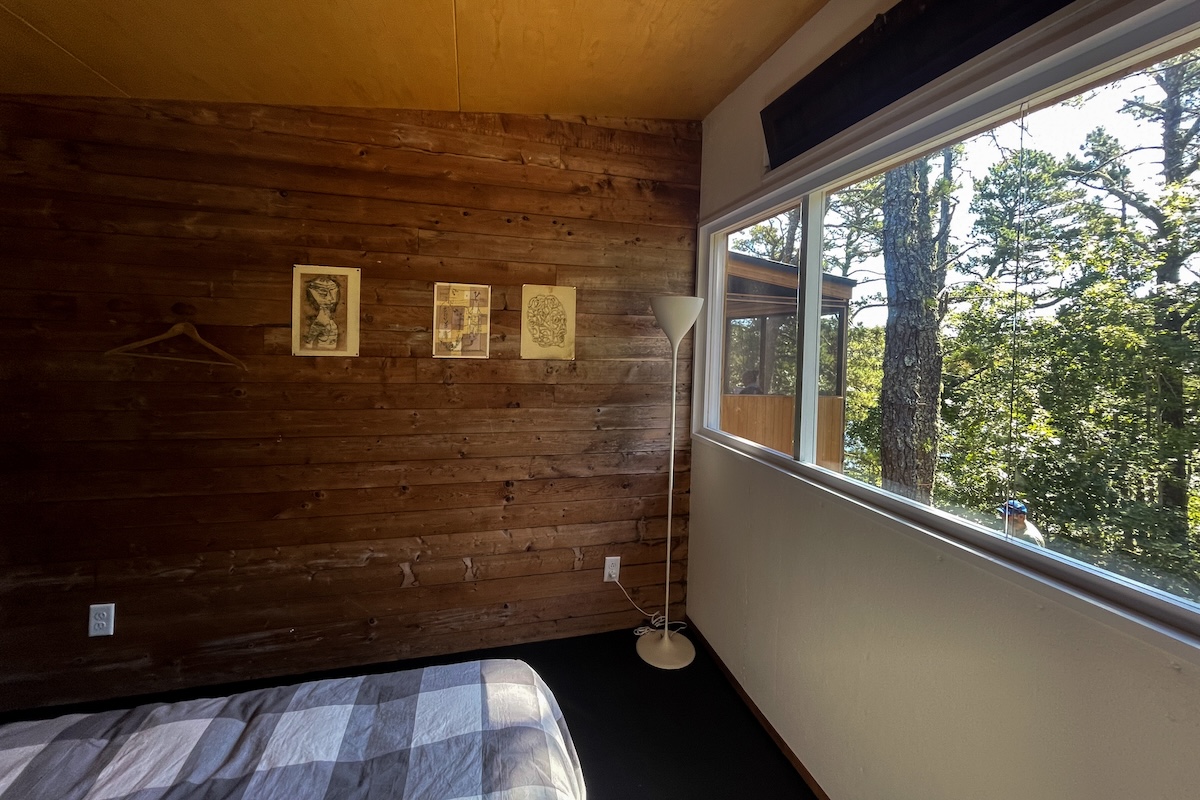
Lampooning Advocates
Time for another round of Six Degrees of Bound Brook Rd, where John Dos Passos3 used to own a place. We can make the short hop to his Harvard alumnmate, Norman Mailer4. Big Plastic never met a man with more hatred in his heart for them than Little Normie. Thinking about Mailer here, in the Wellfleet woods, I can only wonder if Marcel Breuer’s midcentury marvel was an antidote to Mailer’s precariously reasoned thesis that the plastics, as our world filled with it, was responsible for cancer.
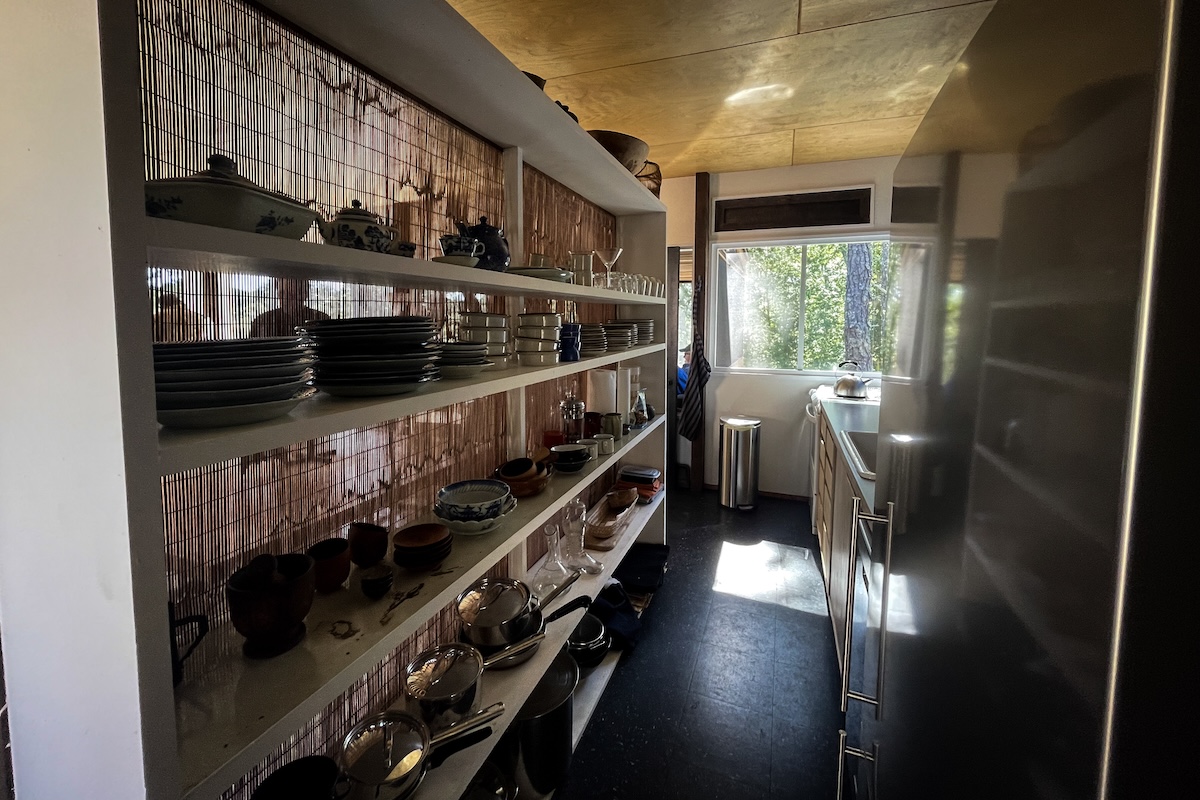
Is there any plastic in this house? Was that plastic I saw or was that steel? The only plastic at the immediate glance makes up the transistor radio in the living room.
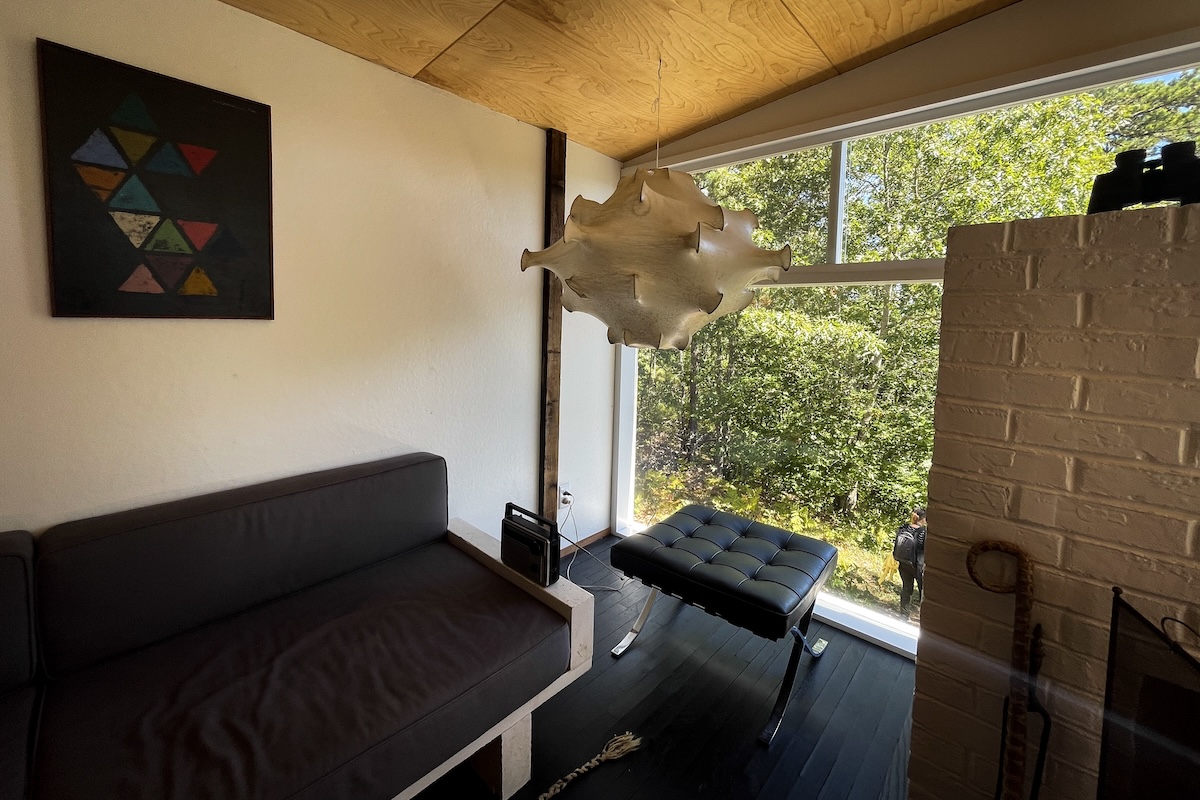
And since we’re in the living room, let’s stay. Let’s sit on the leather ottoman. Let’s test the stainless legs. (Are they stainless, Peter?) The prominent dominant fireplace plays against type: far from being recessed flush to the wall, the brick build sits wholly inside the structure of the house. The better to more wholly heat the room, my child. Why spill all that perfectly good heat out into the woods outside?
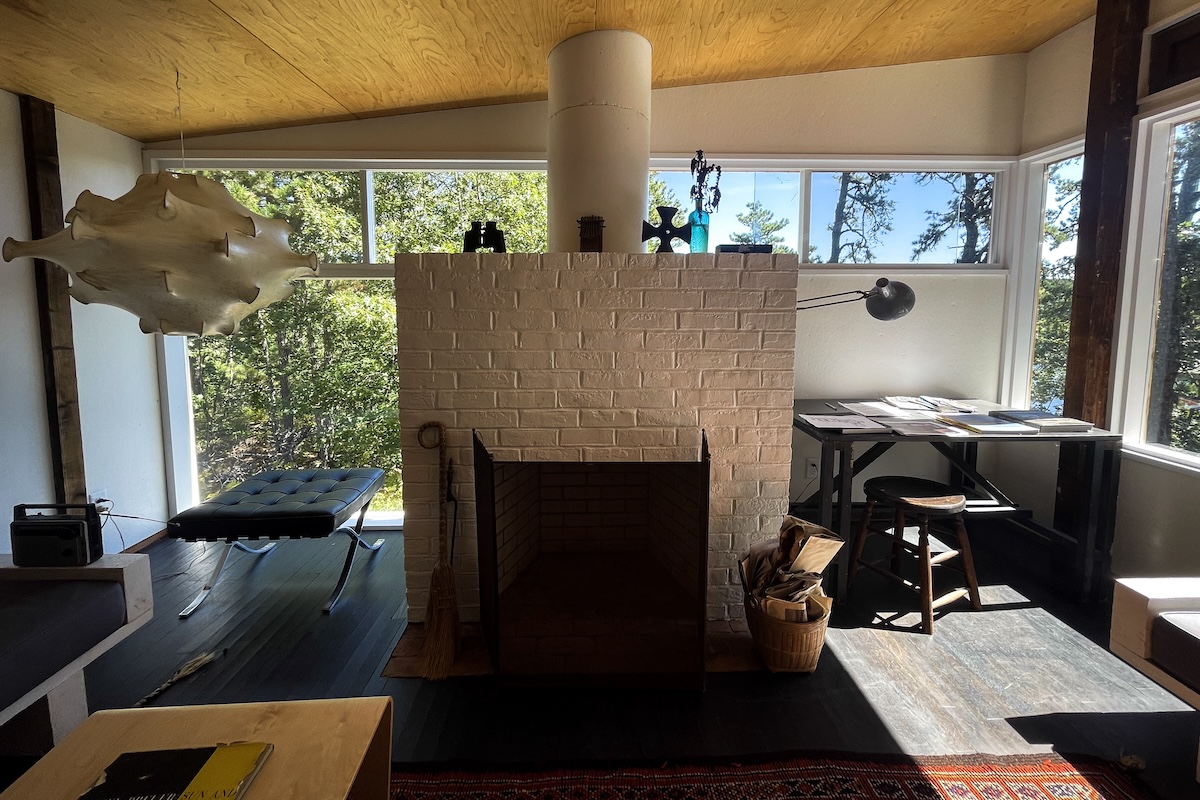
Suspended & Dropped
As much as I love the dining table, backed up against a no-frills roll down bamboo shade (on the other side of that shade are the shelves that economically stack plates and free up over-counter cabinet space, big efficiency tings), the homerun feature has to be the suspended porch. The table flanked on a side (or is it two?) by a wall length low sofa. It’s the stuff of dreams. The fictional scenario in which you wake up and walk down the long hallway to the kitchen to pick up a cup of coffee from your French press and sit under the slatted drop ceiling to look out over Williams Pond is as lucid as a REM vision.
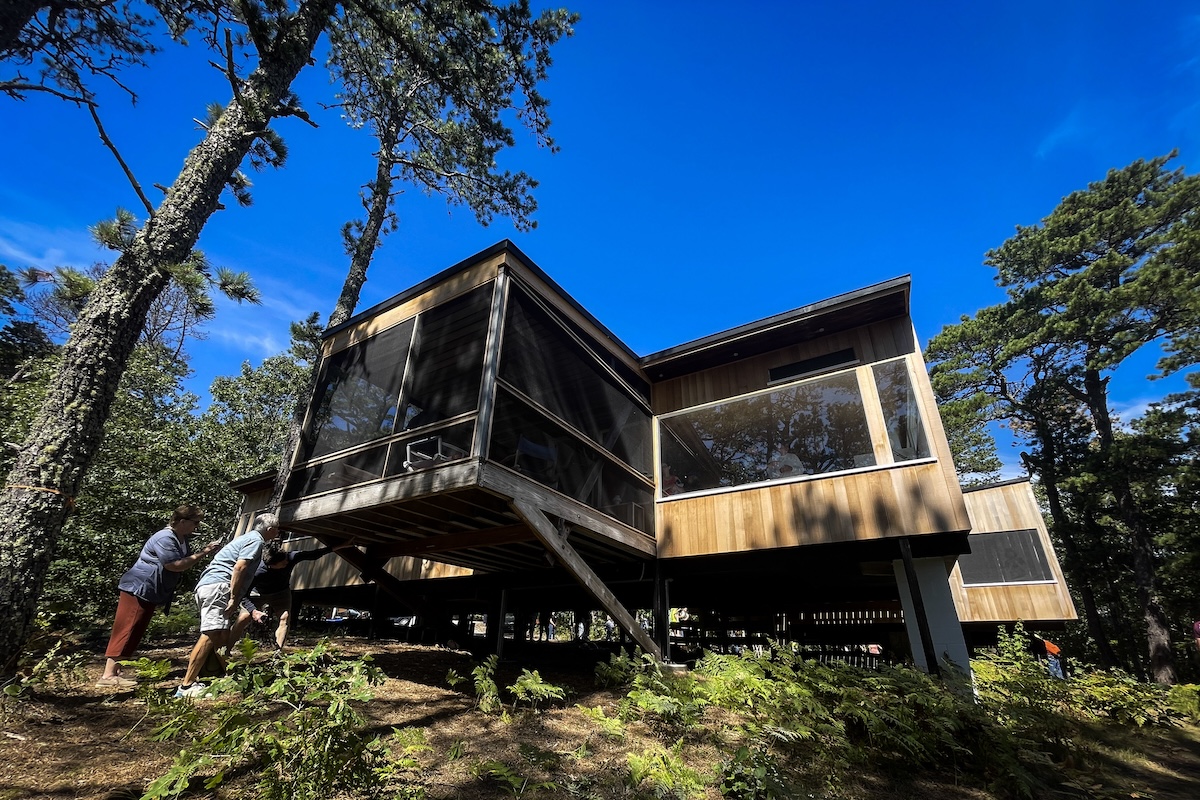
The house, and especially this majestic deck, was mobbed so any picture would have shown more of giddy visitors’ starry eyes than the magic Peter McMahon worked to realize this whole restoration5.
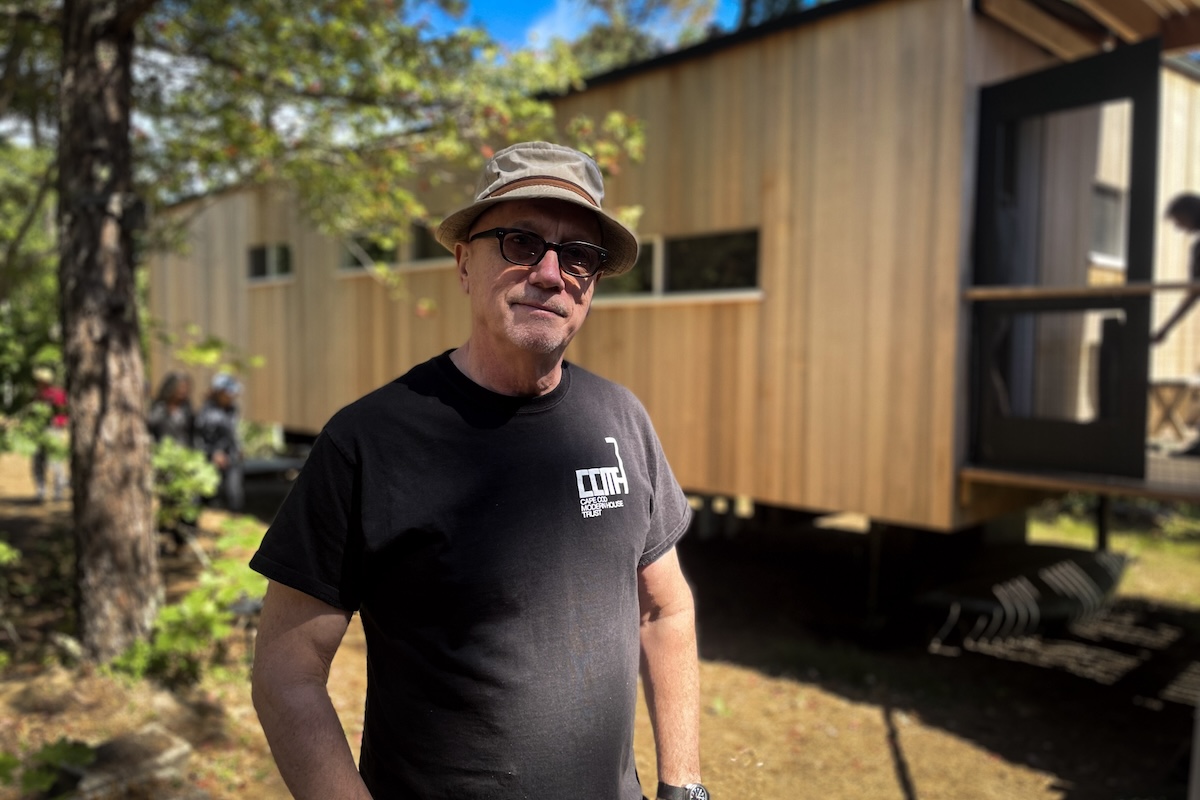
So now, a quick note to acknowledge and thank the author of one of the best architecture books you can put your hands on - and certainly the old and new testaments to Cape Cod MCM - Peter McMahon. Peter leads the Cape Cod Modern House Trust and the Breuer House is only the latest in his rash of reclamations. I can’t imagine it’s a small feat to raise $2+ million dollars to resurrect a house that had fallen into such drastic disrepair but that’s what he’s been up to for the last couple of years. And it’s not the first time he’s put his strong arm into that particular garbage disposal either. Hats off to Peter for putting his shoulder into saving this particular house, for having restored the Wedlinger House, for running the CCMHT, and for writing the book that had me bouncing my 20-year-old Ford Escape up and down beat roads looking for a glimpse of anything on its pages.
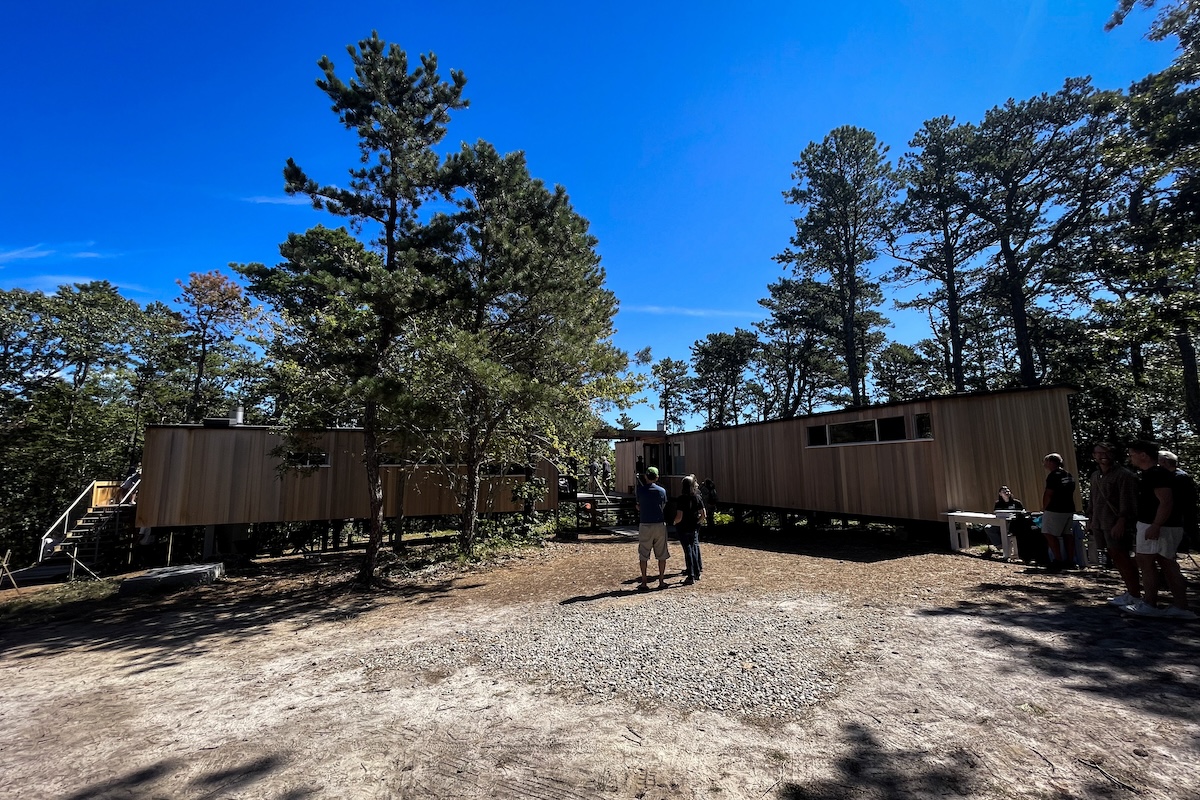
Communing Blind Without a Stick
Unfortunately, the porch wasn’t the only off-limits-due-to-overpopulation room I stumbled into. Something else I had been looking forward to seeing was the second structure Breuer added onto the house in the early 60s. I’d understood it was a separate apartment and/or studio for his son. One of the things that makes the Hatch House6 so distinct and attractive is the separation of the living units - something these architects associated with Cape Cod Modern explored - Breuer among them.
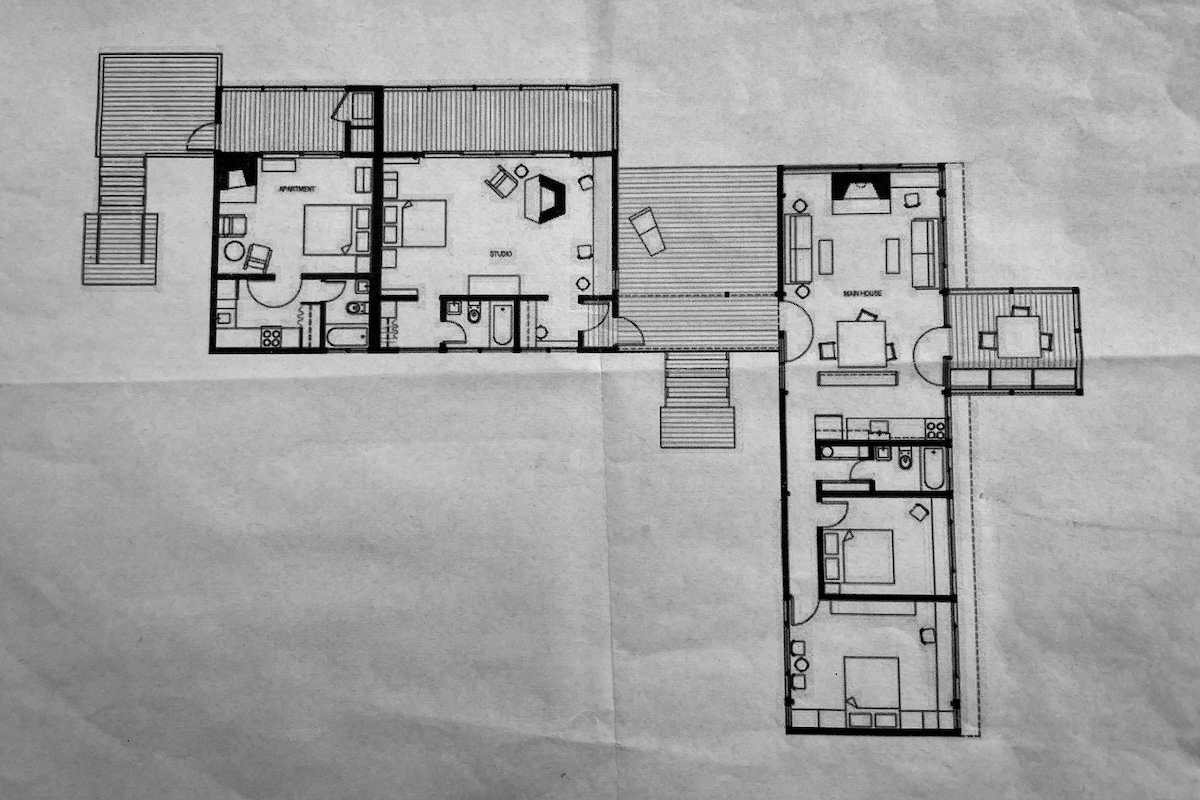
The door to the one-bedroom (or studio?) sits across the deck from the door to the main house. Inside that studio/one-bedroom is not only a more-or-less wall length desk (yes covered in books and notepads) but a striking freestanding fireplace of its own. I’ll see the living room’s ‘backed up against the outer wall’ and raise you a floating structure that no doubt keep the room tostata out of season.
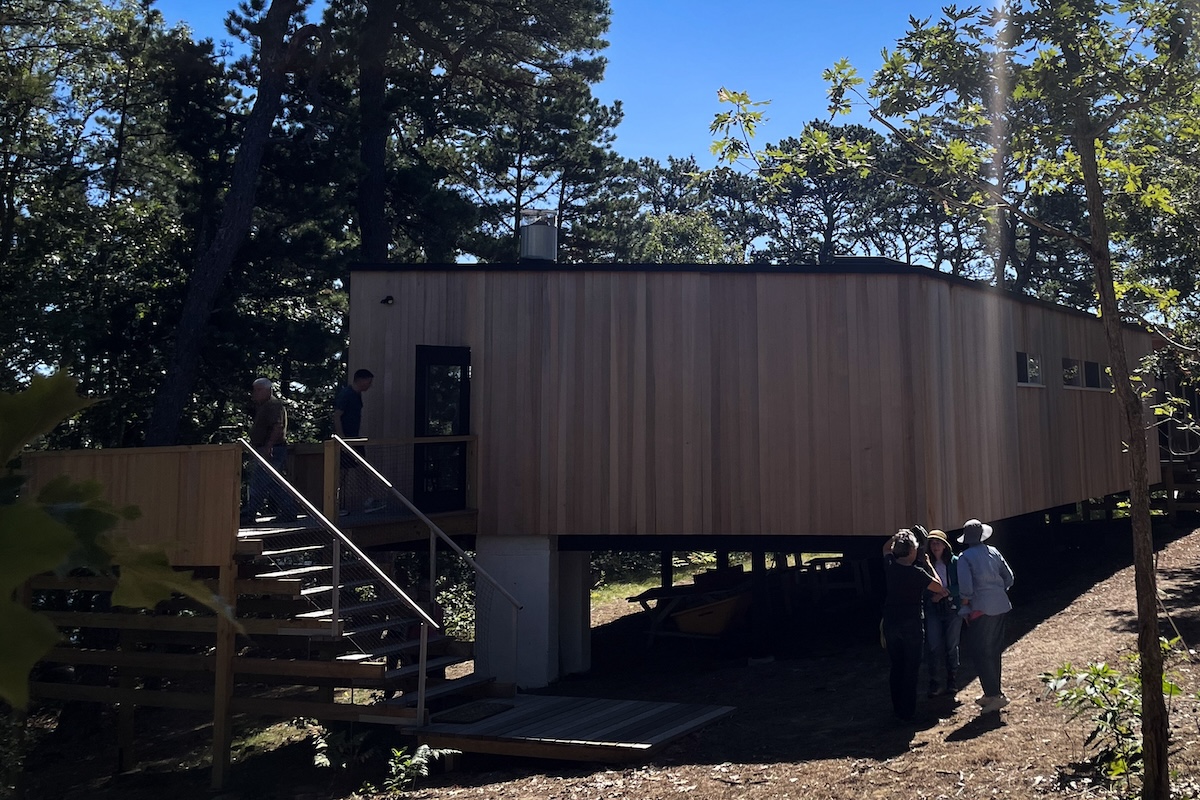
Off the deck and across the length of the second built wing there’s another staircase leading into a separate apartment. One bedroom, kitchenette, full bath and, yes, of course, its own fireplace. Both this and the studio next door to it face the east and Williams pond. And they both have decks sitting just outside their door and running the length of their units. They share a wall but they don’t share contact. For as compact and efficient as this entire property is, there are more than enough pockets for privacy, which can be essential sitting on 9 acres deep in the woods where Jack can easily become a dull boy, yes?
Take the Long Way Home
Back in the last days of 2023 I found myself housesitting in Wellfleet, keeping company with CAPE COD MODERN. Flipping through the pages, cross referencing map overheads with my phone and the map on the wall there, it was clear that a field trip was in order. In less than 75 minutes I was standing on a rise above the Hatch House, star struck. I had to have more.
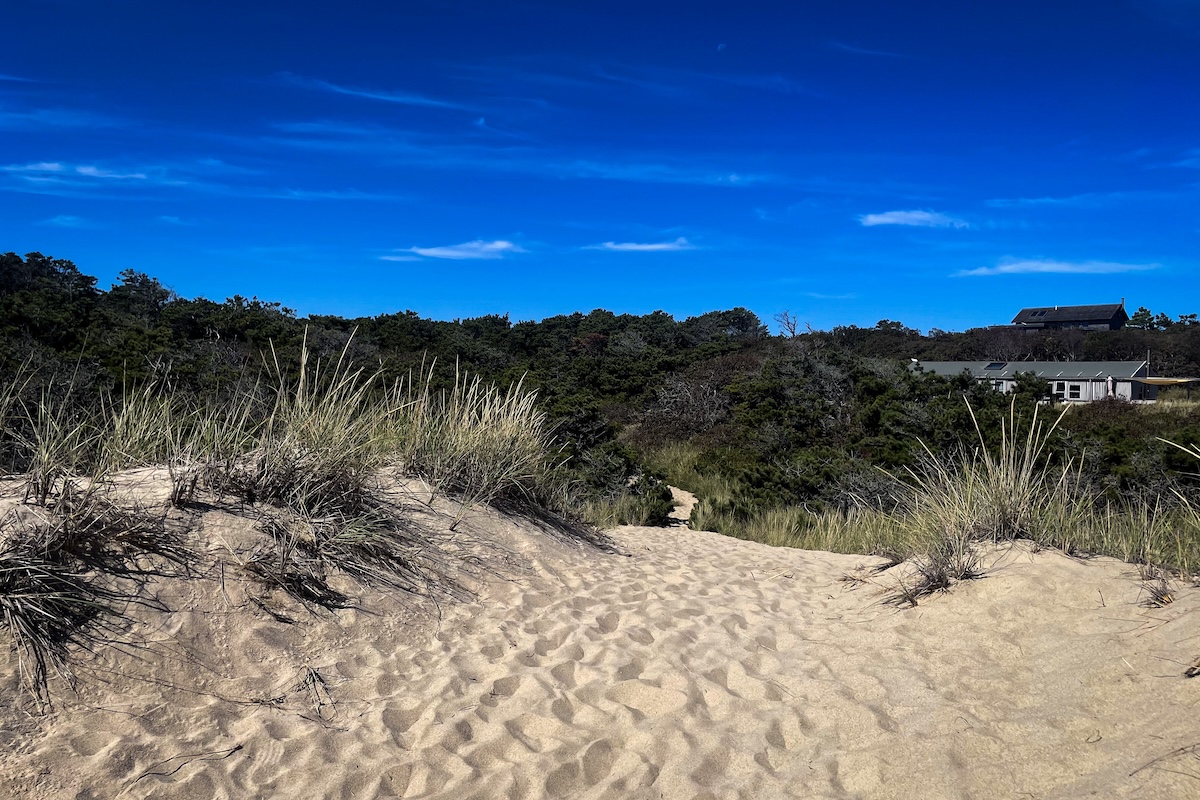
I drove out to Newcomb Hollow and decided to stumble northways up the beach to see if I could find outside glimpses of … anything really. I suppose a Jack Phillips apparition showing me his fallen studio (and its apparition), now emblematic of the birth of this Bohemian Brahmin movement for me personally, would have been the grand slam.
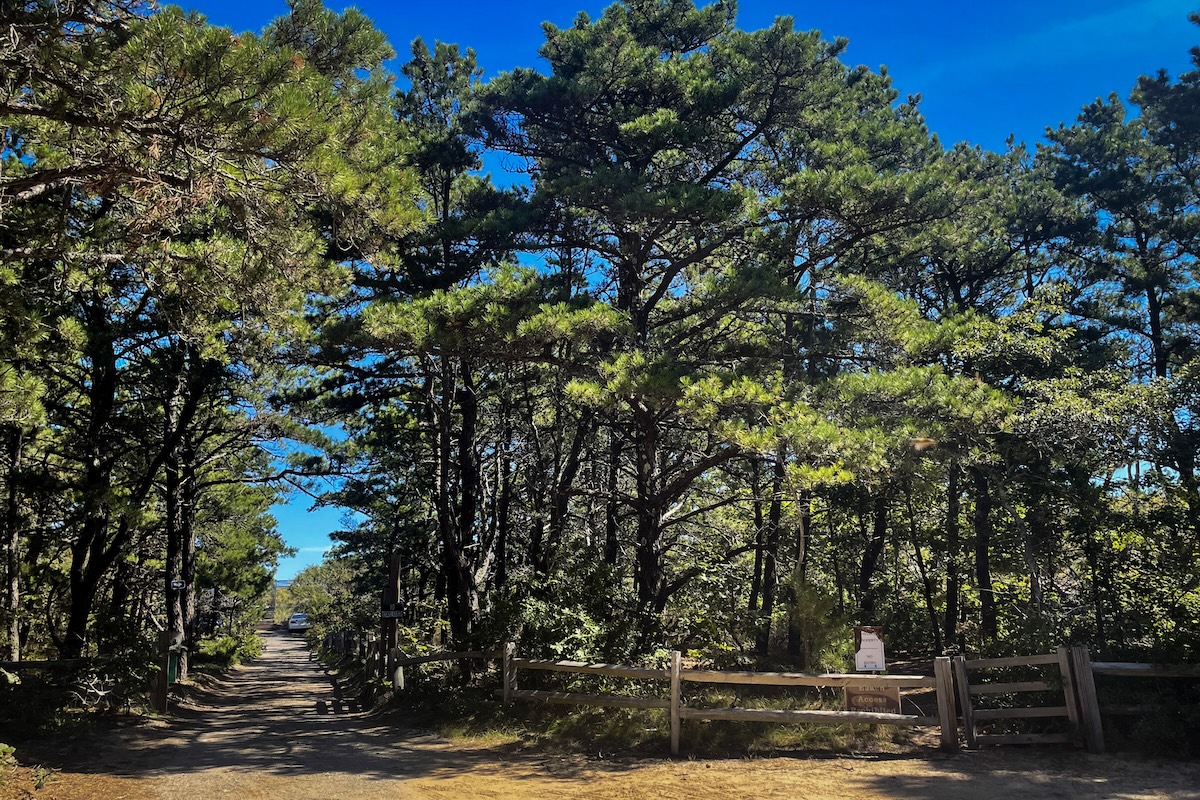
Instead I met some friendly folk on the beach walking their dog and asked them what they knew about these houses and these artists. Lucky for me, I was directed to the break in the dunes where the locals who live back in those pineneedle-paved trails are able to traverse the next-to heavenly terrain. I bopped around back there, pleased I'd found Horseleech Pond and telling myself stories of Jack Phillips’s descendants packed up the hill there.
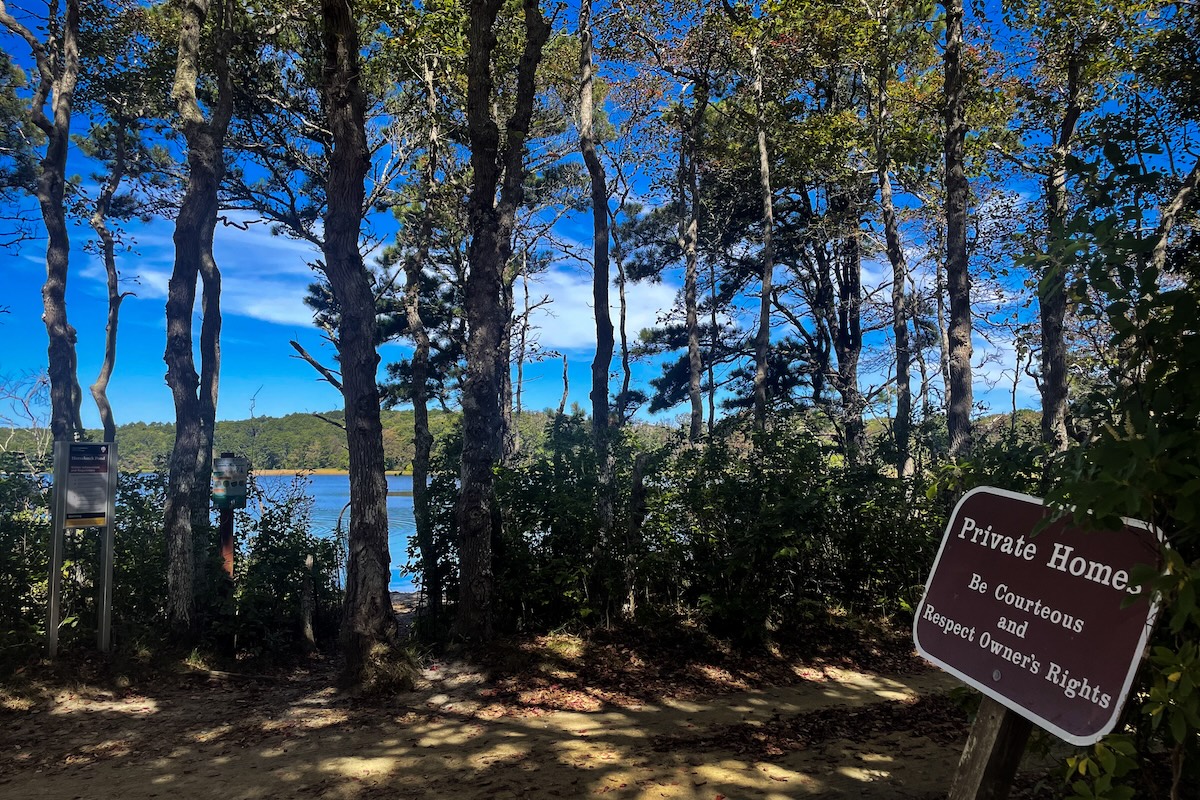
In the backtrail matrix I ran into another couple (and another dog), who told me where Thoreau visited, pointed the way to Breuer’s property and set me loose to find Chermayeff’s killer spot. wandering through unseasonal warmth and a picture book bliss.
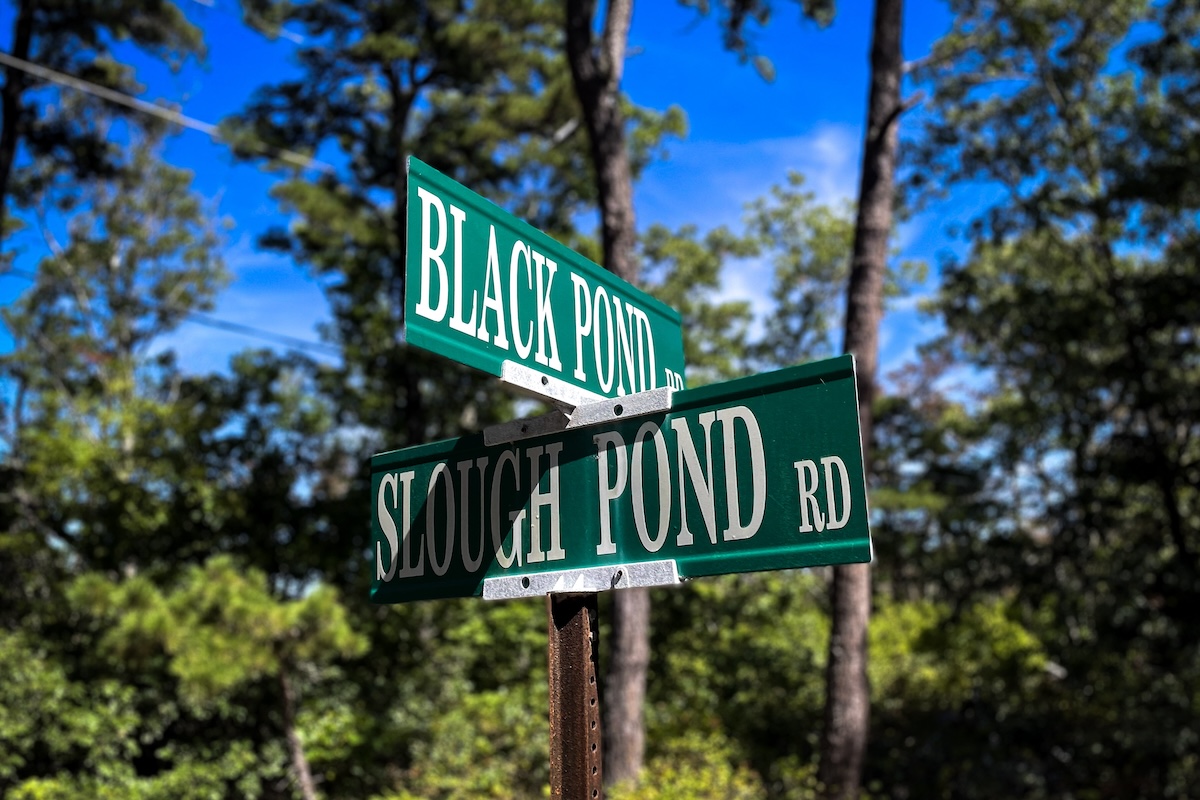
I’ve been back there another handful of times since (when poetry isn’t handy, heady ladies don’t mind a walk in the woods where the wild houses are) and I wasn’t about to turn down the chance to take that path in for the open house for the full impact. I wasn’t drowning white wine in the dark, dancing from house to studio to house again (I promise, the stories in that book will set a romantic spinning7), but I entered and left the same way, sensor wide open to the legends who may still lean against a tree and smoke an unfiltered when the traipsing visitors are all gone.
Quite the site.
